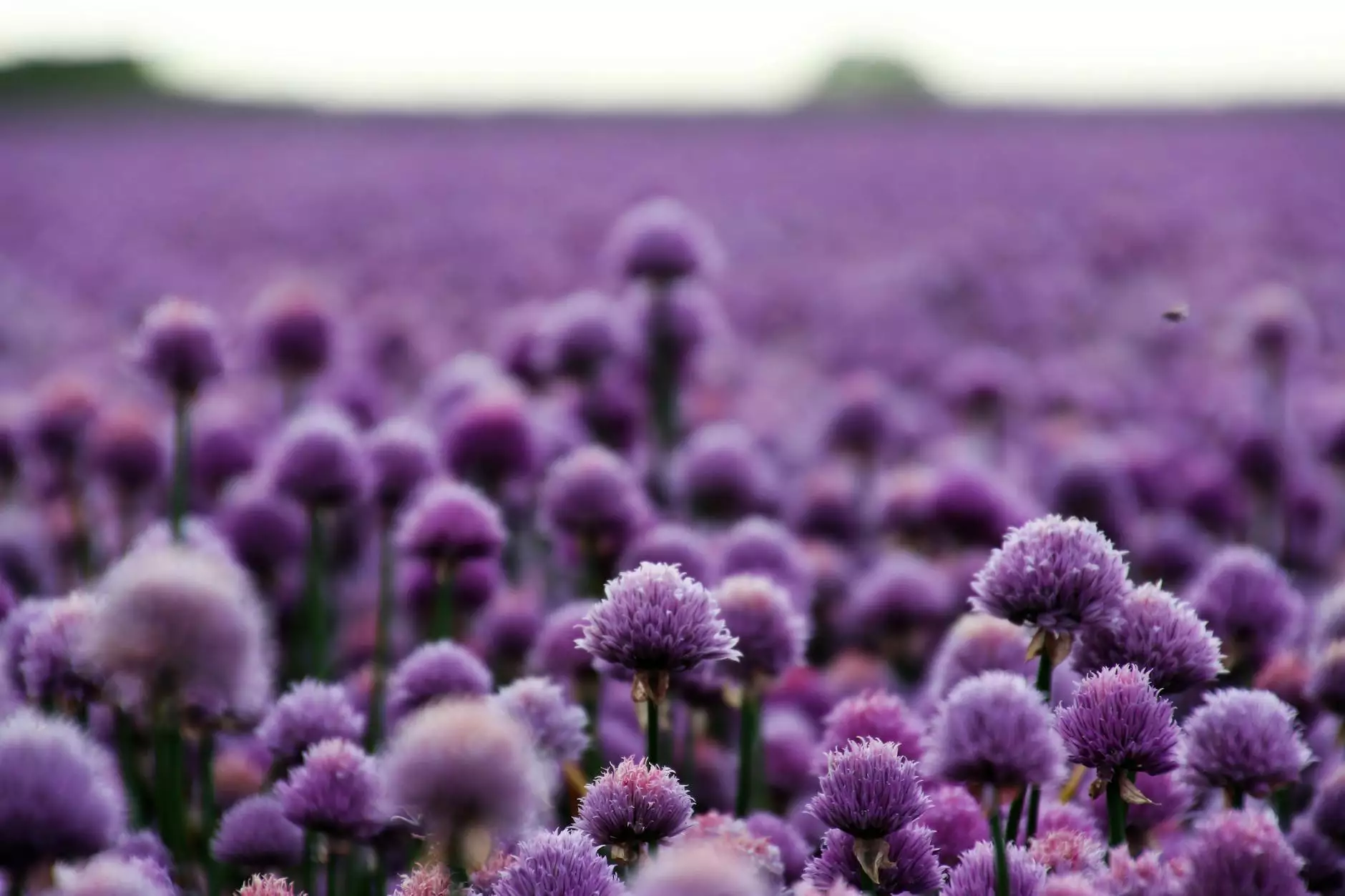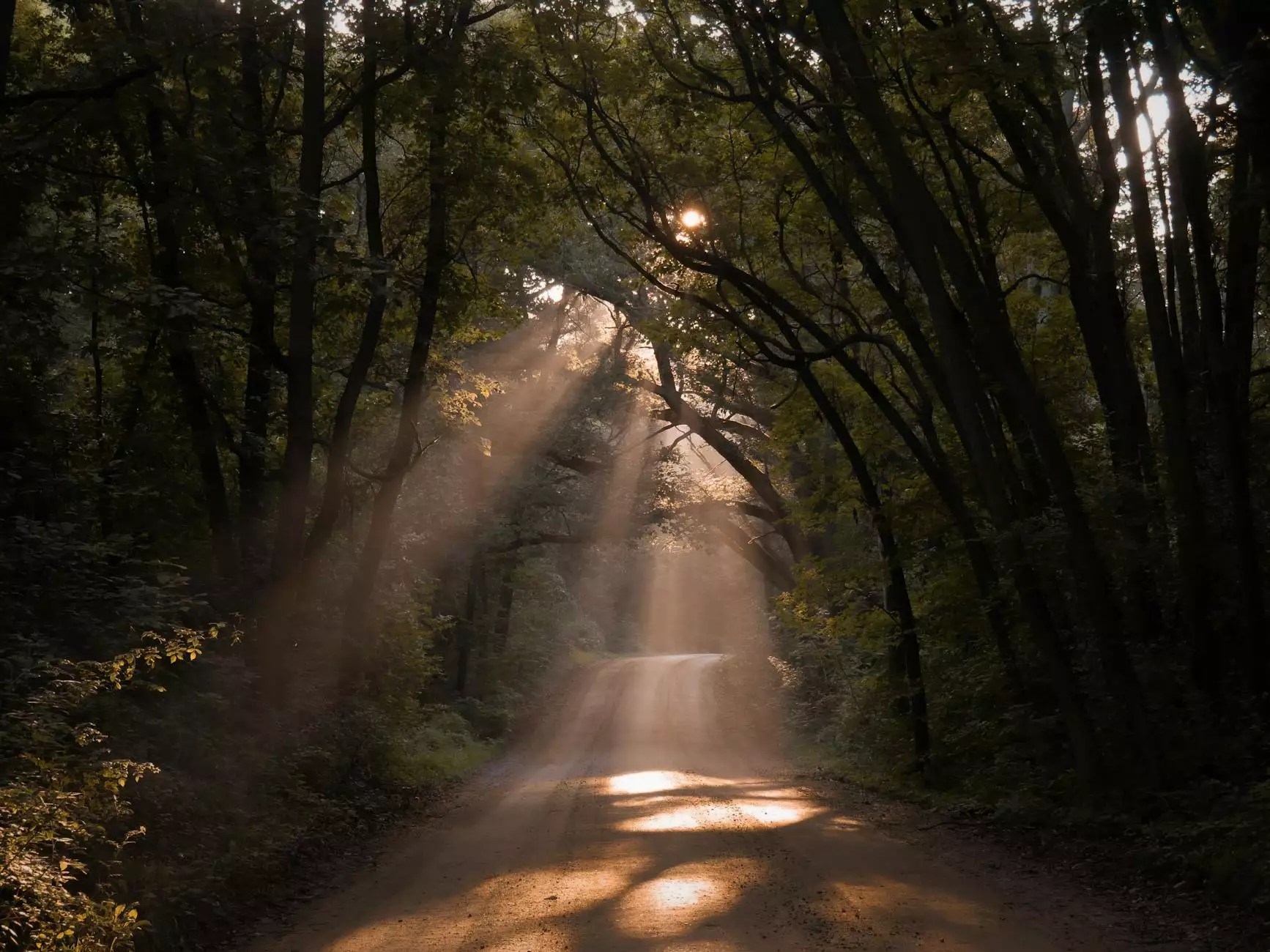The Four-Season Field Guide to Poison Oak
Articles
Introduction
Welcome to Marjorie Cowley's Four-Season Field Guide to Poison Oak. In this comprehensive guide, we will explore everything you need to know about poison oak, including its identification, habitat, effects on the human body, and tips for avoiding and treating exposure. Whether you are an avid hiker, nature enthusiast, or someone who simply wants to stay safe while exploring the outdoors, this guide is a valuable resource.
Chapter 1: Identifying Poison Oak
Poison oak, scientifically known as Toxicodendron diversilobum, is a common plant found in North America. It belongs to the same family as poison ivy and poison sumac. The plant can grow as a shrub or a climbing vine, and its leaves are well-known for their distinctive appearance.
The leaves of poison oak are typically clustered in groups of three and have an almond-shaped structure. They are usually shiny, smooth, and vary in color depending on the season. During spring and summer, the leaves are green, but they can change to red, yellow, or orange during the fall.
Chapter 2: Habitat and Distribution
Poison oak thrives in a variety of habitats, including forests, woodlands, and along the edges of trails or roads. It is most commonly found in western parts of North America, like California, Oregon, and Washington, but can also be found in other regions of the United States and Canada.
The plant prefers areas with mild climates and moderate rainfall. It can tolerate both shade and direct sunlight, making it adaptable to different environments. Poison oak is often encountered in outdoor recreational areas, so it's essential to be aware of its presence and take necessary precautions.
Chapter 3: Effects on the Human Body
When exposed to poison oak, most individuals develop an allergic reaction known as contact dermatitis. The reaction is triggered by an oily resin called urushiol, which is present in the plant's leaves, stems, and roots. Contact with any of these parts can result in a range of symptoms.
Symptoms of poison oak exposure include redness, itching, swelling, and the formation of blisters. The severity of the reaction can vary from person to person, with some individuals experiencing mild symptoms while others suffer from more severe reactions. In rare cases, systemic reactions may occur, requiring medical attention.
Chapter 4: Avoiding Exposure and Treating Poison Oak
Prevention is key when it comes to avoiding poison oak exposure. By familiarizing yourself with the plant's appearance and habitat, you can reduce the risk of coming into contact with it. Always stay on designated trails and avoid touching foliage that resembles poison oak.
If you suspect you have been exposed to poison oak, it is crucial to take immediate action to minimize the effects. Rinse the affected area with soap and water as soon as possible, and wash any clothing or equipment that may have come into contact with the plant. Applying over-the-counter creams or lotions can help relieve discomfort and speed up the healing process.
Chapter 5: Poison Oak throughout the Four Seasons
Spring
In the spring, poison oak starts to produce new leaves and flowers. The young leaves often have a reddish tint and a glossy appearance. During this time, it is essential to be extra vigilant, as the plant may blend in with other foliage that is also blooming during this season.
Summer
During the summer, poison oak is at its most abundant. The leaves are fully grown and vibrant green, making them easier to spot. This is also the time when the plant may start producing white berries, which are poisonous and should never be consumed.
Fall
As the leaves change colors in the fall, poison oak can be even more challenging to identify. The red, yellow, or orange hues may blend in with the surrounding foliage, increasing the risk of accidental exposure. Take extra caution during autumn hikes, and be mindful of your surroundings.
Winter
Even in winter, when most plants shed their leaves, poison oak can still be present. While the leaves may have fallen, the plant's stems and roots contain urushiol, so contact with these parts can still cause an allergic reaction. Stay vigilant and avoid touching any plant material that may resemble poison oak.
Conclusion
Marjorie Cowley's Four-Season Field Guide to Poison Oak provides nature enthusiasts, hikers, and outdoor adventurers with a comprehensive resource to navigate the dangers posed by poison oak throughout the year. By understanding how to identify the plant, its habitat, and its effects on the human body, you can protect yourself and others from its potential harm. Remember to always take precautions, stay informed, and enjoy the outdoors safely.



